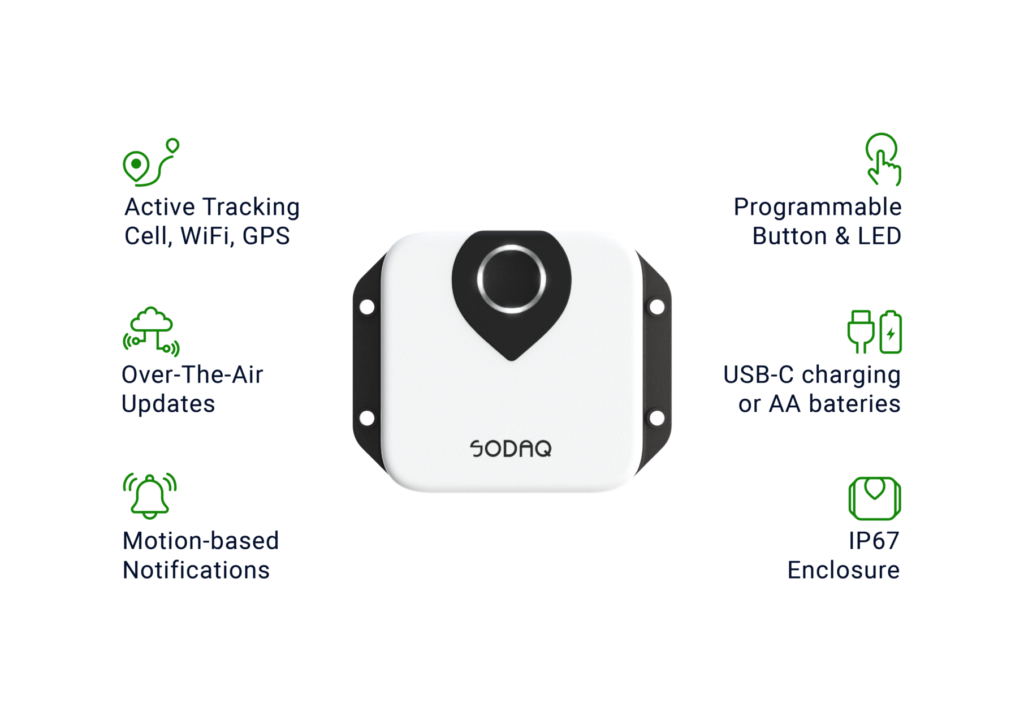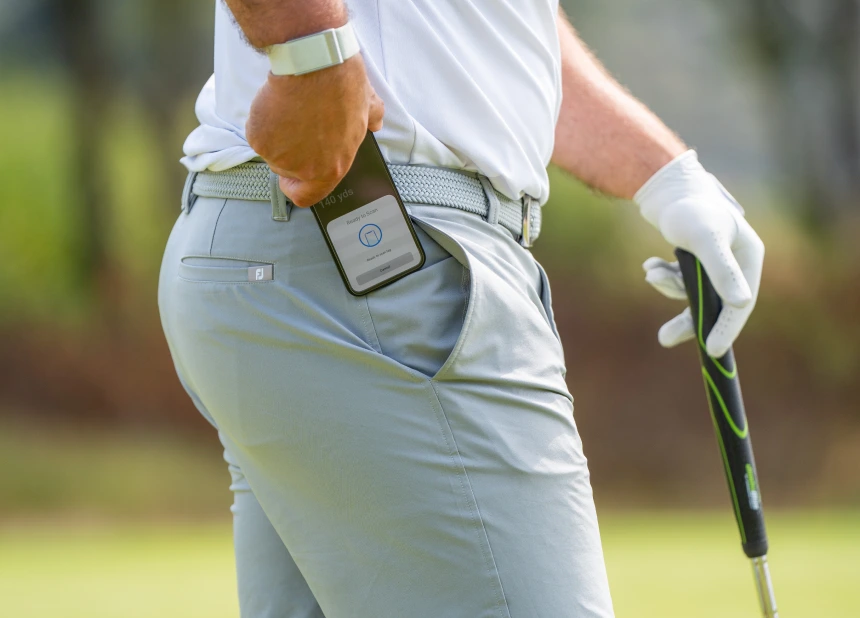What Are The Most Important Aspects To Take Into Consideration When Buying Airtag Items That Android Can Create?
If you are looking for Android-compatible product locaters such as AirTag (like Samsung SmartTag or Tile), there are many factors to be considered. There are a variety of factors to take into consideration when looking for Android-compatible product locaters, such as AirTag alternatives (like Samsung SmartTag, Tile, etc.).
1. Device Compatibility
Android Integration: Make sure that the tracker is compatible with Android devices, particularly in the case of products like Tile or Samsung SmartTag (which works best with Samsung’s ecosystem). Some devices include exclusive features that work only with certain phones or apps.
Bluetooth or Ultra Wideband (UWB). Trackers that utilize Bluetooth Low Energy (BLE) which is more precise, work with Android devices. UWB, however, is only compatible with certain high-end smartphones (e.g. Samsung Galaxy phones equipped with UWB capability).
2. Tracking Range
Bluetooth Range: Most device finders employ Bluetooth to communicate with your mobile. In open areas the range advertised may be between 100 and 400 feet. If the area is crowded or has obstructions the actual range could be shorter.
Crowd Sourced Network: Some trackers make use of crowd-sourced networks, like Tile, to extend their range beyond Bluetooth. The app will give you anonymous location information if another user of the app is in close proximity to your device. Think about how active and big your device’s network area is.
3. Precision Finding Technologies
Some trackers have UWB tracking, which enables the most exact and exact location than Bluetooth. This technology is ideal to track indoors.
AR Finding: The most advanced trackers utilize augmented reality to guide you visually to the exact spot where the item you’re looking for has disappeared by using the camera on your phone. This feature could be accessible when the tracker and phone are compatible.
4. Dimension and Form Factor
Small Design – Trackers must be small and light in design that is easily connected to luggage, keys or other valuable items.
Attachment Mechanism: Trackers with loops built-in and other accessories, such as cases or backs with adhesive, can be easily fixed to objects such as backpacks, bags, keychains and backpacks.
Durability is crucial. Take into consideration the strength of the item and the materials used. For outdoor gear or luggage that are weather-proof, sturdy style is best.
5. Battery Life
Replaceable or rechargeable? Some trackers have replaceable coin cells that last for several months up to a full year. Others come with rechargeable batteries. A battery with a longer lifespan reduces maintenance.
Battery Notifications. Ensure the tracker has a function which will notify you when the battery is low. Then, you can recharge or replace the device before it fails.
6. Water Resistance
Waterproofing: Trackers that are attached to bags, luggage or other outdoor equipment must be waterproof or water-resistant to guard against splashes, rain or spills. For durability in harsh environments, search for IP ratings (e.g. IP67).
7. Features of Apps and Software
A user-friendly application: The application must be user-friendly and simple to navigate. It should also include useful functions, like the capability of finding items on a mapping, viewing tracking history, or setting up notifications.
Ringtone/Loud Warning: A built-in or external alarm that could also be triggered by the app, will aid in locating lost objects. The tone of the alarm should be clear and loud in every setting.
Shared Access: If you’re sharing items (e.g. the family car or luggage), check if the app permits multiple users to track the same tag.
8. Geofencing and Notifications
Separation Alarms: Some devices for tracking offer proximity alerts that notify you of your departure (e.g. if your keys were left in the café). This can help prevent the item from being misplaced in the first place.
Geofencing Advanced trackers let you create geofencing that will send an alert when your object leaves the designated area. This is great for valuables and luggage left in the baggage.
9. Global Network coverage
Find My Network Integration – Some trackers can connect to bigger networks like Apple’s Find My and Samsung’s SmartThings Find, as well as Apple’s Find My for non Apple devices. This allows for global tracking. These networks allow you to locate your device using devices of other users.
Region-Specific Available: Make sure that the tracker’s network is operational in your region. A larger user base can increase the likelihood of finding your lost items in public spaces.
10. Two-way Tracking
Phone Locator. Many trackers feature reverse modes that allows you to utilize a tracker button to ring a telephone which is set to silent. This is useful in the event that you’ve lost your phone, and the tracker is close by.
Bidirectional Alerts: Some gadgets send notifications when your device or device is inaccessible from each other.
11. Smart Home Integration
Smart Home Compatibility – If you have smart home devices such as Samsung SmartThings in your home, think about purchasing an item tracker that is integrated into the system. This will allow you to track items with voice commands with the smart assistant (e.g., Google Assistant or Bixby).
Programmable Buttons Some trackers like the Samsung SmartTag feature that are programmable and can be used to manage smart home devices (e.g. switch off lights or lock doors). This provides additional functionality above simply tracking items.
12. Privacy and Security
Location Privacy: Choose a tracker with strong privacy protections, particularly when you use crowdsourced networks. It should protect your personal information and ensure only you or authorized users are able to view the locations of the item.
Anti-Stalking Features: Certain trackers come with anti-stalking features which notify users when an unidentified tracker is travelling with them (e.g., Apple AirTag’s anti-stalking alerts). Make sure your tracker offers similar protections. This is especially important in the event that you are concerned regarding privacy or security.
13. Price and Subscription Plans and Prices
Compare the cost of various trackers prior to purchasing, so you can be sure they are within your budget. Features that are more expensive, like UWB or batteries that last longer generally cost more.
Subscription fees are imposed by a few trackers. For example, Tile Premium provides additional services such as extended location history as well as item insurance with a low monthly cost. You should consider whether or not these additional services are worth paying for depending on the amount of use you will need.
No Subscription Alternatives If you’d rather a one-time payment without ongoing costs, look for trackers that don’t need subscriptions but still offer robust functionality.
14. Multi-Device Support
Management of Multiple Trackers If tracking multiple items is your plan (keys bags, wallets, and so on.) You will need to manage several trackers on one account. Check that the app you select permits multiple trackers to be managed within one account. Some brands allow seamless switch between devices, which is particularly useful for frequent travelers.
15. Specific characteristics of luggage
Ensure that the luggage tracker is able to handle long distances, and air travel. Certain luggage trackers will send out alerts to baggage claim and airports whenever your suitcase is close.
Airplane Mode Compliant Certain devices automatically switch into the airplane-safe modes while in transit, to comply with the rules of flight. This allows them to be better suited to track luggage.
By considering the factors above in mind, you’ll be able to choose the best item tracker suitable for your requirements, and ensures effective tracking of things like valuables, keys or luggage. Take a look at the recommended smart tag for blog guide.

What Are The Most Important Things To Consider When Purchasing A Mobile Phone Holders With Sun Umbrellas?
You must consider several factors before purchasing a mobile umbrella with a sun shade. Here is a guide that will provide more details:
1. Compatibility
Size of the device: Ensure that the holder you choose is compatible with the particular mobile phone. Check the thickness and width specifications to ensure that the holder fits properly.
Some holders mount on bikes, tripods or on other surfaces. Make sure the mount is suitable for the purpose you intend to use it for.
2. Design and Build quality
Durability: Choose materials that are resistant to weather and strong, since the umbrella has to stand up to sun and wind.
Construction: Ensure the joints and clips are strong enough to support your phone securely even in windy situations.
3. Size of the Umbrella and the Coverage
Shade Area: Be aware of the size of your umbrella when it expands. A bigger umbrella provides more shade. However smaller umbrellas are smaller and offers less coverage.
Choose an umbrella that is adjustable so you can alter it according to the angle of the sun.
4. Weight and portability
Lightweight Design: Pick a model that is easy to set up and carry. Outdoor activities are easier when you have a lighter holder.
Consider how simple it is to fold or collapse the umbrella when it comes to storing and moving.
5. Easy to use
Installation and Set-up Choose a style that offers easy installation and removal procedure. The quicker you are able to install the device, the more convenient it is to use.
One-hand operation: If are able, pick a holders that are easy to insert and remove using just one hand.
6. Stability
Base Stability. Make sure the base or mount is stable enough to allow the umbrella to be supported, and for the phone isn’t likely to fall over.
Anti-Slip Features: Search for bases with anti-slip designs to avoid sliding or sliding when using the.
7. Versatility
Multi-Functionality. Some models come with additional features such as a built-in charger for your phone or the capacity to store other accessories. These functions could be useful for your needs.
Think about the umbrella’s suitability to different weather conditions. Look for umbrellas that are not susceptible to water in order to use them in different weather conditions.
8. Color and Aesthetics
Design Preference: Select a design and color that complements your preferences or style. Some umbrellas come with different designs and shades.
Reflective materials: Some sun umbrellas may use reflective materials to enhance sun protection. Think about these options when sun safety and protection are a top priority.
9. Price vs. value
Budget: Determine your budget and compare all alternatives that fit within it. Check out the features and the cost.
Warranty and customer support. Check to determine if there’s a return policy or warranty on the product. This can assure you of the quality of the product.
10. User Reviews
Feedback: Read customer reviews to gain insight into the performance, durability or the effectiveness of the product. Make sure you read the comments regarding the product’s appropriateness for use in different conditions of weather.
Brand Reputation Consider brands with an established reputation for making high-quality outdoor equipment and accessories.
11. Maintenance
Cleaning: Think about how simple it is to clean the umbrella and holder. Select materials that can be washed by a machine or wiped clean.
Storage: Consider how the item should be stored following use to avoid damage.
12. Eco-Friendliness
Sustainable Materials: If you are concerned about sustainability seek out products that are made of recycled or eco-friendly materials.
Take a look at these aspects to determine the best mobile phone holder and sun umbrella for you. It will improve your outdoor enjoyment and offer effective protection from the sun and rain. Follow the top phone holder with sun umbrella for blog recommendations.

